A good chair is one that gives you a comfortable seat. A great chair is one that sits well while also serving as a barometer of the room’s design aesthetics. A legendary chair checks the first two boxes and also has its own story to tell. Here are four legendary chairs, each with a connection to the history of art, design and pop culture.
Carlo Bugatti’s Throne Chair
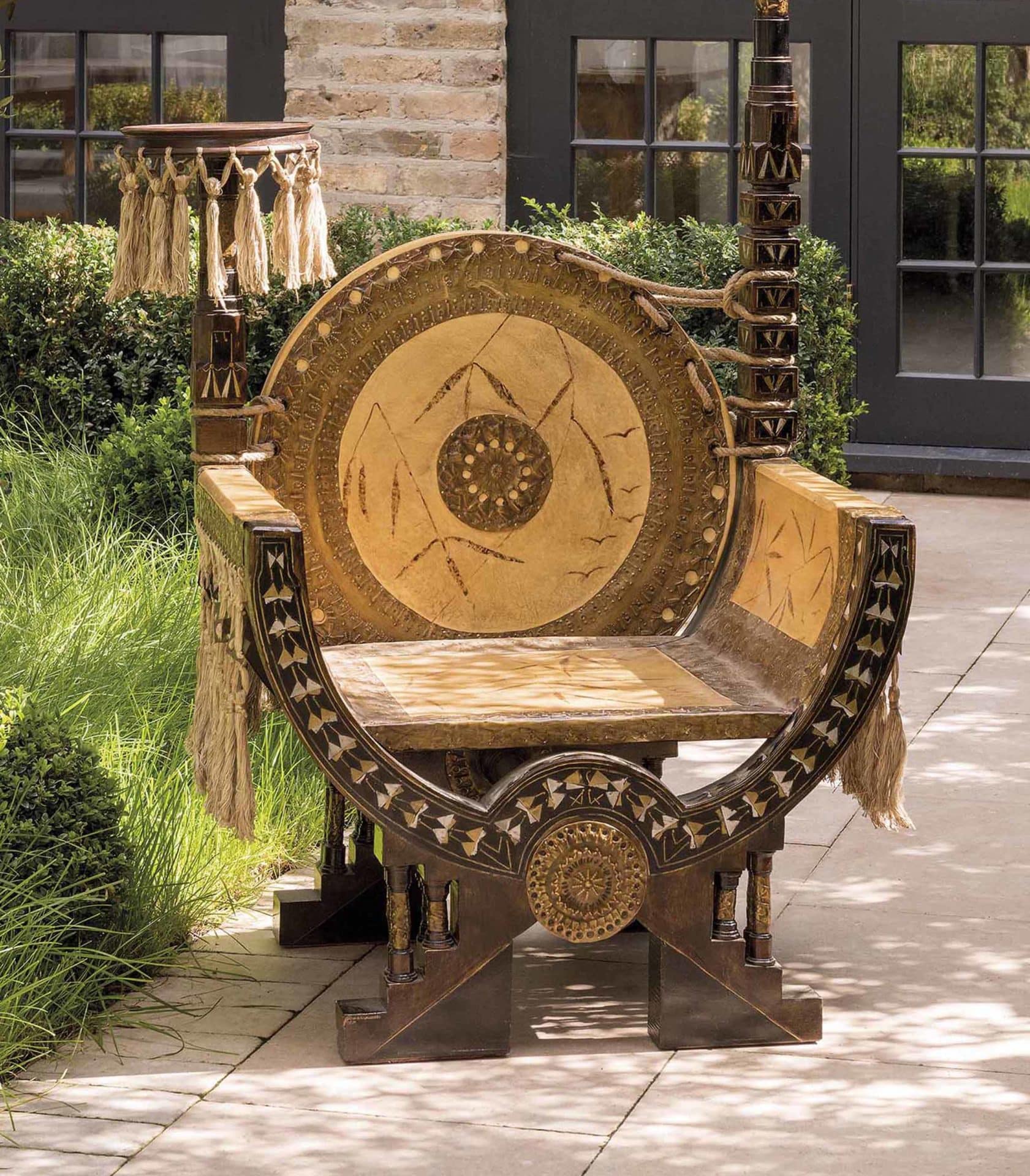
Bugatti’s Throne Chair is made of walnut and blackened wood, and inlayed with pewter and copper. Made in 1905 in Milan, the chair is clearly inspired by Far East aesthetics. Stylized as if to be a field throne for a Mongolian warlord, this chair has appeared in several iconic sci-fi and fantasy settings, including Alien Covenant (2017) as a seat for the synthetic being David, played by Michael Fassbender. The last time one of these chairs was publicly listed, it went for a cool $30,000.

If the Bugatti name sounds familiar, that’s because Carlo Bugatti was the father of Ettore Bugatti, founder of the design-conscious Bugatti automotive company.

Olivier Mourgue’s Djinn Chair
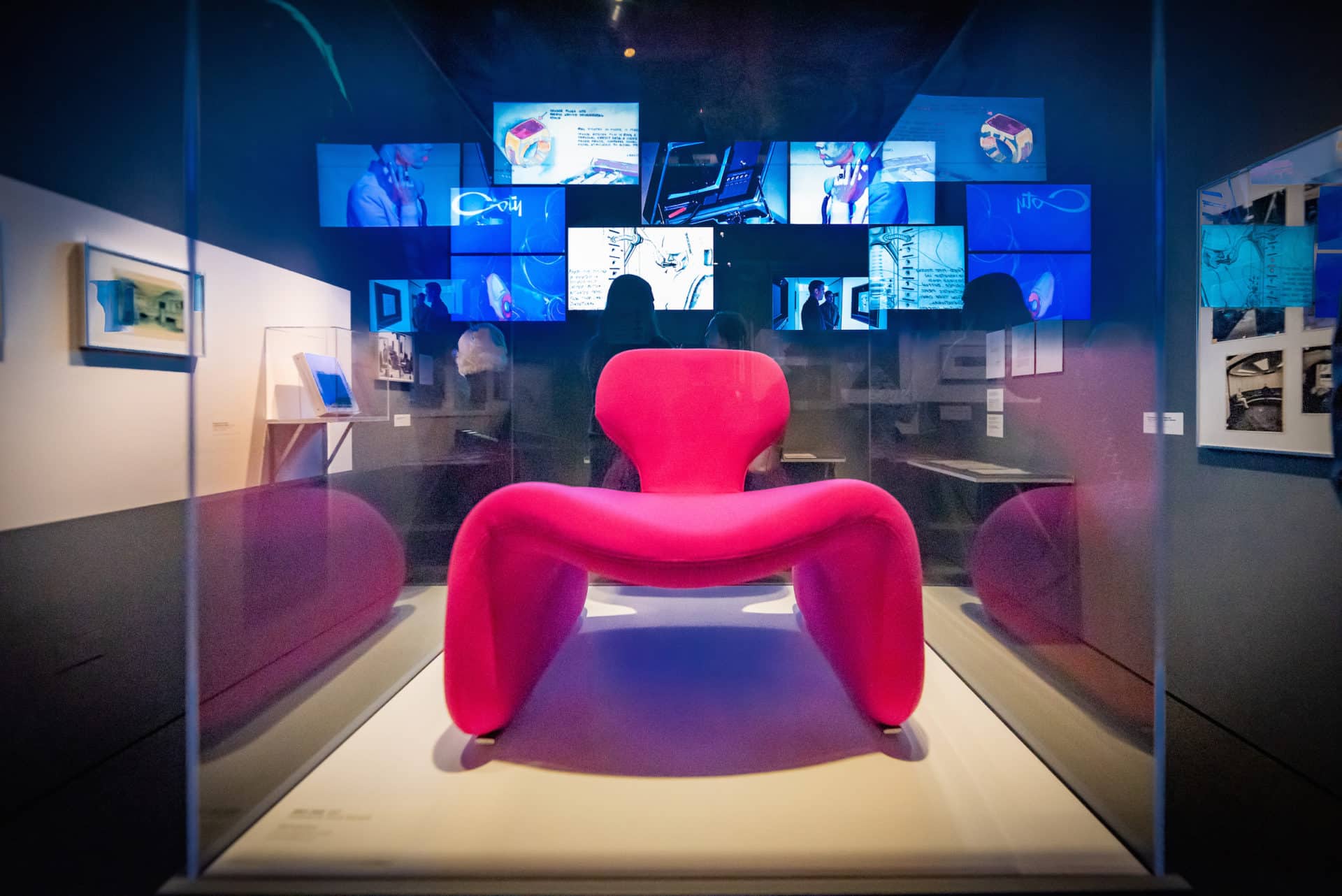
Mourgue’s 1965 Djinn series was named after mythological spirit characters in Islamic lore who were known to take human form and control men with their supernatural powers. Considered the pinnacle of 60s era modern design, these chairs were prominently featured in the moon-faring future civilization of Stanley Kubrick’s 2001: A Space Odyssey. Original Djinn chairs and sets can fetch between four and five figures.

George Nelson’s Marshmallow Sofa
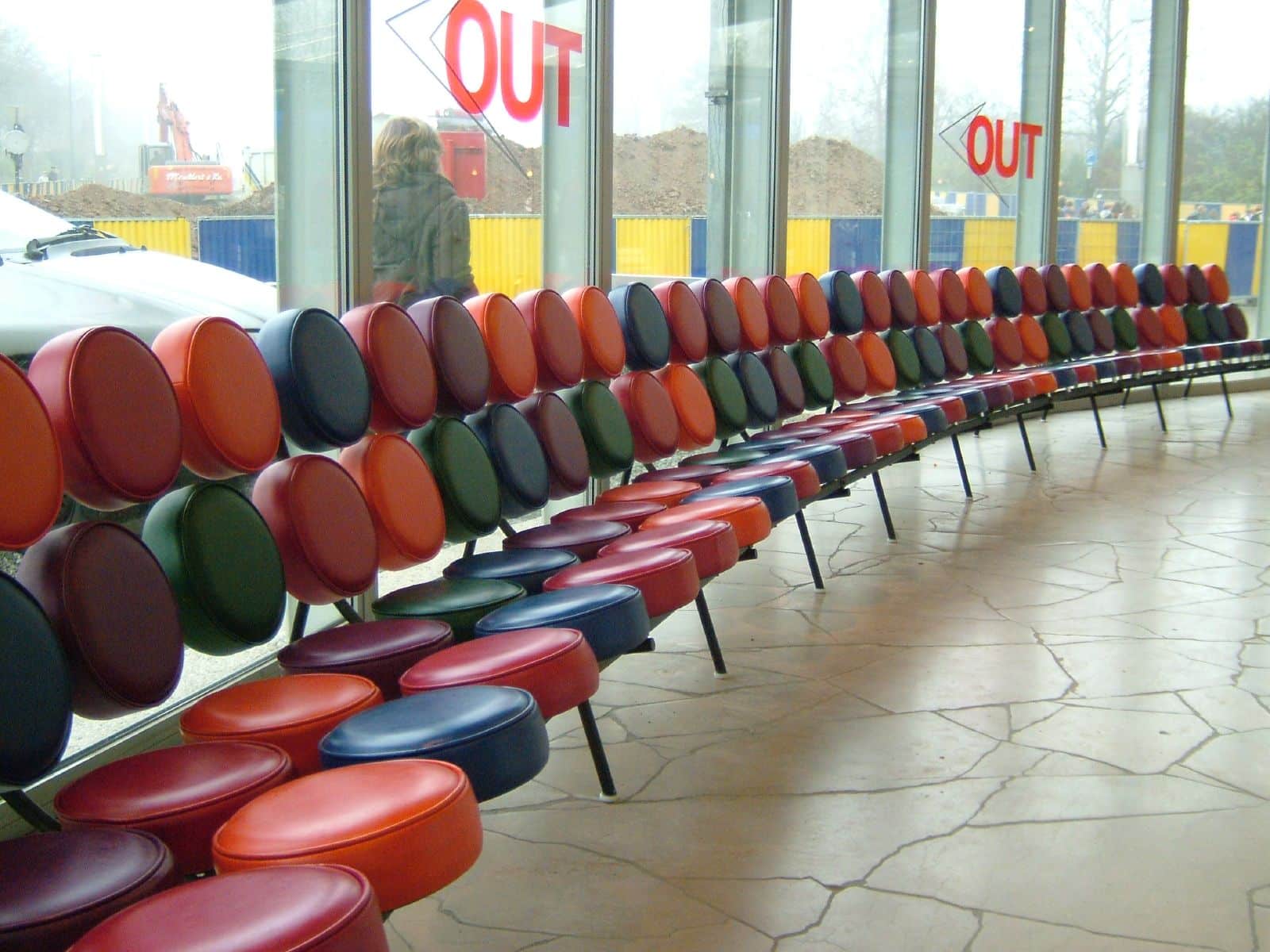
Once the lead design director for Herman Miller, George Nelson Associates produced these sofas between 1956 and 1961. Considered the apex of couch modernism, the marshmallow capitalized on a pitch from a Long Island plastics company to supply an assortment of 12-inch “self-sealed” foam discs. Vintage original marshmallows can run between $10k and $13k.
A marshmallow sofa was featured in Volume 2 of the 60s-obssessed manga Spy x Family.

Arata Isozaki’s Marylin Chair
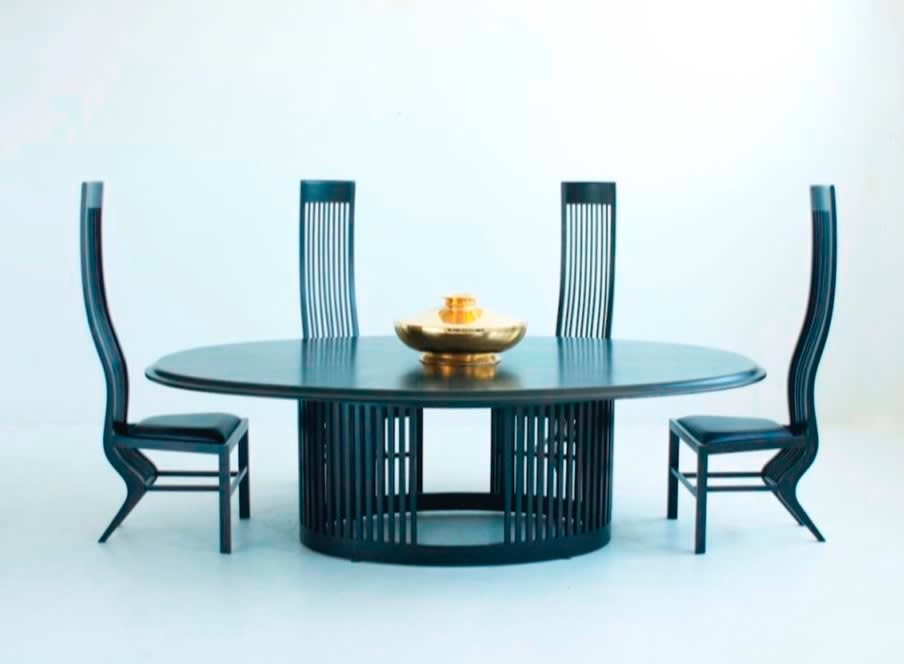
In the midst of the Marilyn Monroe fervor surrounding the release of Blonde, it’s a good time to revisit this 1972 side chair. The high-backed wavy design was meant to evoke Ms. Monroe’s curvaceous figure. On the secondary market, these can go for $1-2k a pop.
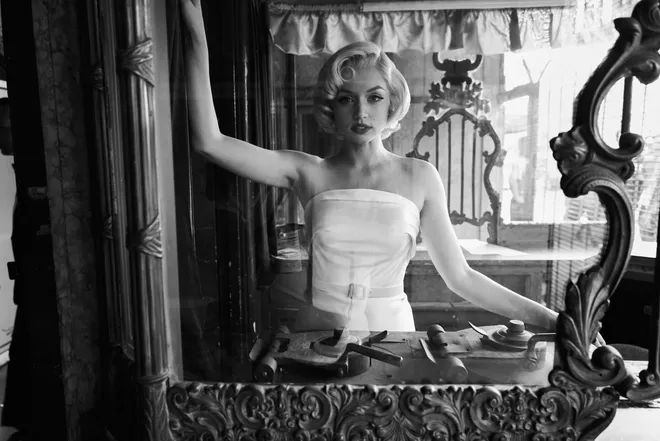
Isozaki was actually more renowned for his architecture than his chair design. While most of his architecture lives in his home country of Japan, he did design Downtown LA’s Museum of Contemporary Art (MOCA) on Grand Avenue.




